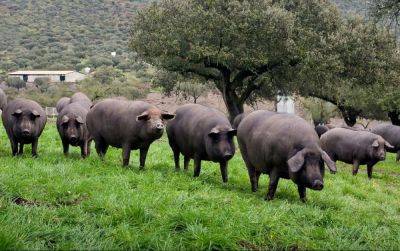‘We feel erased’: Nepal’s asexual community vie for visibility in queer spaces
“I was 29 when I found the term asexual,” Khadgi, now 33, said. “I lost the queer joy and security of knowing oneself. It would have made a huge difference in my life had I known earlier, and I just wanted for others to have that.”
Asexuality is the absence of sexual attraction with little interest in sexual activities, while aromanticism is a lack of romantic attraction or longing to form romantic relationships. However, both sexual orientations have a desire for platonic and emotionally intimate relationships.
But some rights advocates claim Nepal’s queer movement is not entirely inclusive, with the asexual community demanding to claim its space.
When not working as a doctor, Khadgi often gathers their team at the ground floor of their house in Kathmandu, which is also the headquarters for Nepali Aspecs. It is covered with pride flags, has literature on asexuality, and a blackboard scribbled with the group’s agenda – to be a welcoming place for people to share experiences and plan their advocacy works.
Khadgi is passionate when speaking and does not mince words, accusing many queer rights advocates of tokenising the asexual community only when discussing intersectionality and inclusivity. They says aphobia is prevalent mostly in the queer community because asexual and aromantic people “decentre romance and sex” that is seen as a key part of queer culture.
“Queerness is seen as something so rooted psychologically in people in terms of sexual and romantic attraction that asexuality and aromanticism fundamentally sound opposite of what queerness stands for,” Khadgi says.
“Queers know what it means to be ostracised and not being understood, how does that translate to you not trying to include others?”
“It’s not that we don’t feel







